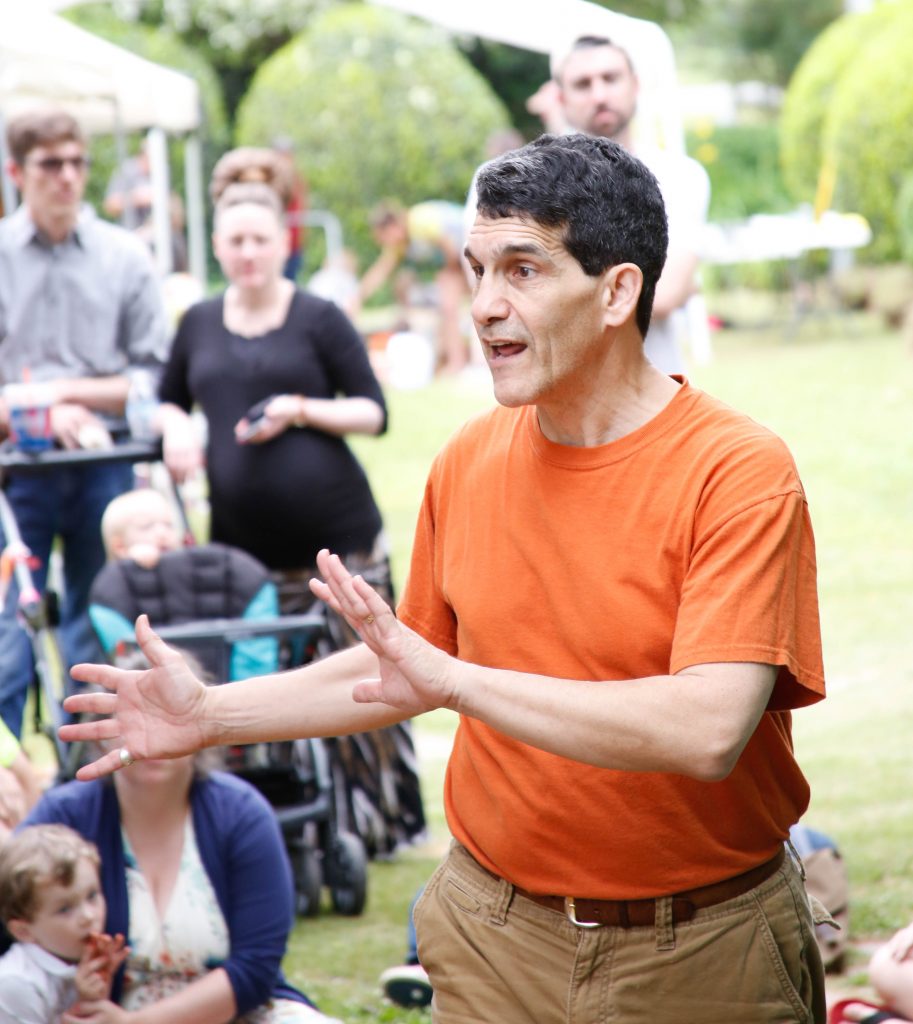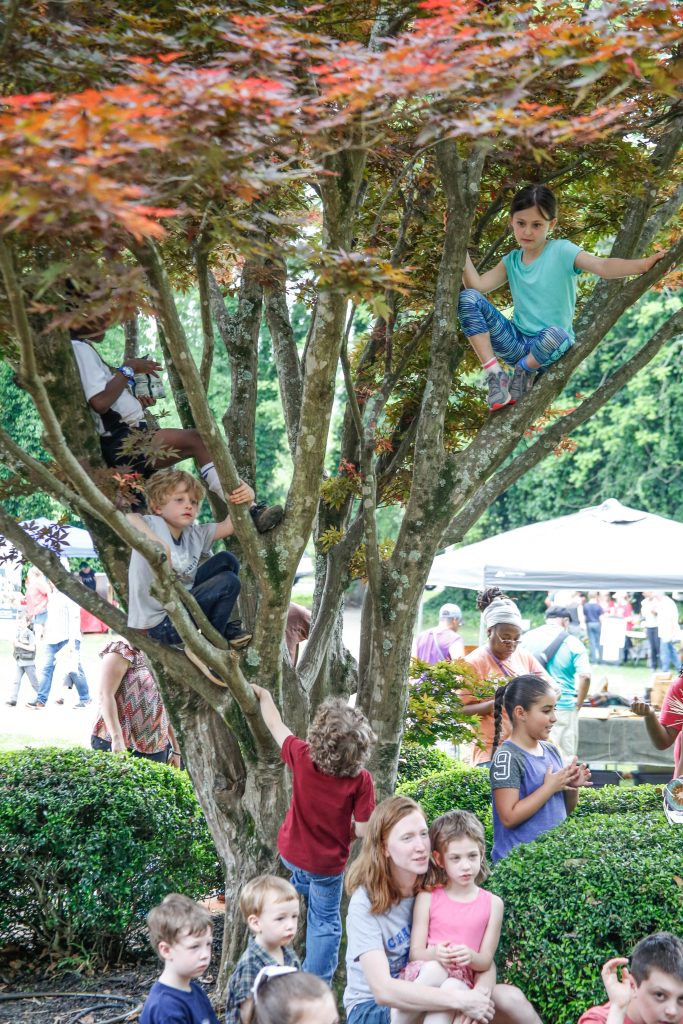
Storytelling, also known as oral tradition, is an important aspect of Native American cultures. Rather than using written language to document their history, they relied on oral tradition to pass knowledge of their history, customs, rituals, and legends from generation to generation.
These powerful stories preserve the history and culture of Native Americans. Oral traditions, expressed in an entertaining and lively manner, make history come alive and teach life lessons. Common themes include leadership, love, loyalty, honor, cosmology, world creation, and their relationship with the natural world. Native American storytelling often incorporates dancing, singing, spoken word, and music. Oral tradition is not widely practiced today, but many Native Americans are committed to sharing stories of their ancestors with younger generations.
Oral History
Oral history is a form of storytelling that often refers to the more recent past. Oral History is a collection of memories recorded for generations to come. People recall in their own words what they witnessed or experienced at the time an event took place. They provide details, context, and sometimes facts missed in written accounts. Through oral history, we get an “insider’s” look at events that impacted lives and communities.
Those who provide oral history are often community people who many not hold official titles. Often, they are “every day” people with lived experience and knowledge. History is more than accounts told by famous people. To get the full story of an event, historians should speak to a cross-section of people who witnessed and event. Their stories – your stories – are important, too.
Who was at an event when it took place? How did it make one feel? How did an event bring progress or do away with something or some place of value? Who has old photographs, programs, mementos, letters, and can share their significance or meaning? Who can say “I was there when that happened?”
Oral histories often fill in the blanks for archaeologists. An archaeologist may unearth an object but may not be able to discern its early use or importance. Finding someone who has used the object or has knowledge about it can unlock a mystery.
We each bring our own perspective and our own recollection. Each contribution is a piece of the puzzle of the past. Share your memories. Who better to tell your story than you!
Storytelling Activity:

The following videos, accessed through PBS Learning Media, explain oral traditions (Video 1) and provide examples (Videos 2-3). See if you can answer the questions* below the video links after watching all three!
Video 1: Oral Traditions
Video 2: The Raven Story
Video 3: Maui and the Creation of the Islands
- Many communities in America remember and celebrate their history through written works such as novels and biographies. How do Native Americans remember and celebrate their history?
- What are oral traditions? Do Native Americans practice oral traditions in modern day?
- Do you think that oral traditions are a form of art or literature? Could they be both? Explain.
- Who is Raven?
- What does he do?
- How would you describe Raven?
- Raven is sometimes described as a “trickster.” What might this mean?
- Who is Maui?
- What does he do?
- Raven brings stars, moon, and sun to the world; Maui pulls the islands out of the ocean. Stories about creation, or how things came to be, are among the oldest stories people tell. Why are stories of this kind important? Why do people like to tell them over and over?
*video response questions 4-10 are from PBS Learning Media
Standards Connector:
| Grade Level | Standard | Description |
| Kindergarten | SSKG1 | Describe the diversity of American culture by explaining the customs and celebrations of various families and communities. |
| Kindergarten | ELAGSEKRL3 | With prompting and support, identify characters, settings, and major events in a story. |
| First | ELAGSE1RL3 | Describe characters, settings, and major events in a story, using key details. |
| Second | ELAGSE2RL2 | Recount stories, including fables and folktales from diverse cultures, and determine their central message, lesson, or morale. |
| Third | SS3H1 | Describe early American Indian cultures and their development in North America. c. Discuss how American Indians continue to contribute to American life (e.g., arts, literature). |
| Third | ELAGSE3SL2 | Determine the main ideas and supporting details of a text read aloud or information presented in diverse media and formats, including visually, quantitatively, and orally. |
| Third | ELAGSE3RL2 | Recount stories, including fables, folktales, and myths from diverse cultures; determine the central message, lesson, or moral and explain how it is conveyed through key details in the text. |
| Sixth | ELAGSE6RL3 | Describe how a particular story’s or drama’s plot unfolds in a series of episodes as well as how the characters respond or change as the plot moves towards a resolution. |
| Seventh | ELAGSE7RI7 | Compare and contrast a text to an audio, video, or multimedia version of the text, analyzing each medium’s portrayal of the subject (e.g., how the delivery of a speech affects the impact of the words). |
| Eighth | ELAGSE8SL2 | Analyze the purpose of information presented in diverse media and formats (e.g., visually, quantitatively, orally) and evaluate the motives (e.g., social, commercial, political) behind its presentation. |
| 9-10 | ELAGSE9-10RL4 | Determine the meaning of words and phrases as they are used in the text, including figurative and connotative meanings; analyze the cumulative impact of specific word choices on meaning and tone (e.g., how the language evokes a sense of time and place; how it sets a formal or informal tone.) |
These standards of excellence were sourced from the Georgia Department of Education web page at https://www.georgiastandards.org/Georgia-Standards/Pages/default.aspx
